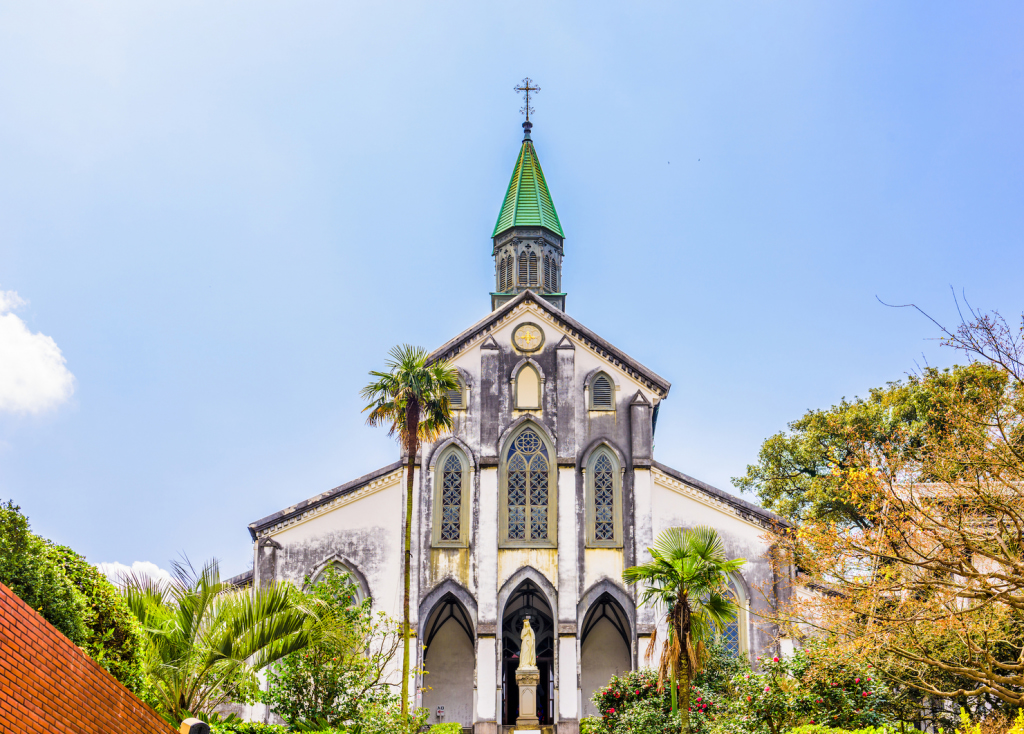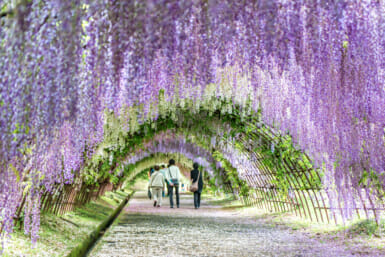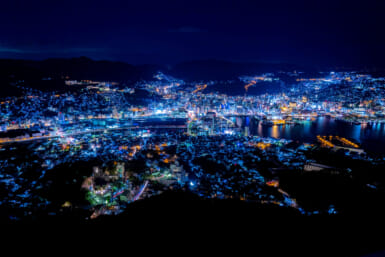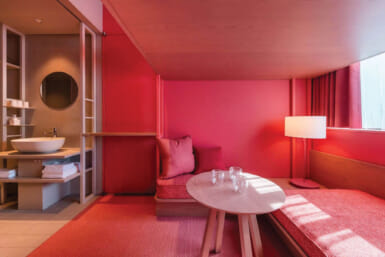Words by Robert Morel & Brooke Jackson
One of the first ports to open to the West, Nagasaki was once a center of industry and Christianity — a legacy that can still be seen today in its houses, churches and islands.
Glover House & Gardens
In 1859, the year that Japan opened Nagasaki to western trade, a 21-year-old Scottish merchant arrived from Shanghai, little knowing the role he was to play in shaping the future of Japan. With a keen eye for opportunity, Thomas Blake Glover started a business exporting green tea to the US, but seeing Japan’s need for modern technology, he quickly expanded to more industrial pursuits. During the years leading up to the Meiji Restoration, he secretly supplied the Satsuma and Choshu clans — who first opposed the new Meiji government — with arms and assistance, going so far as to have a hidden room in his home where revolutionaries could hide out.
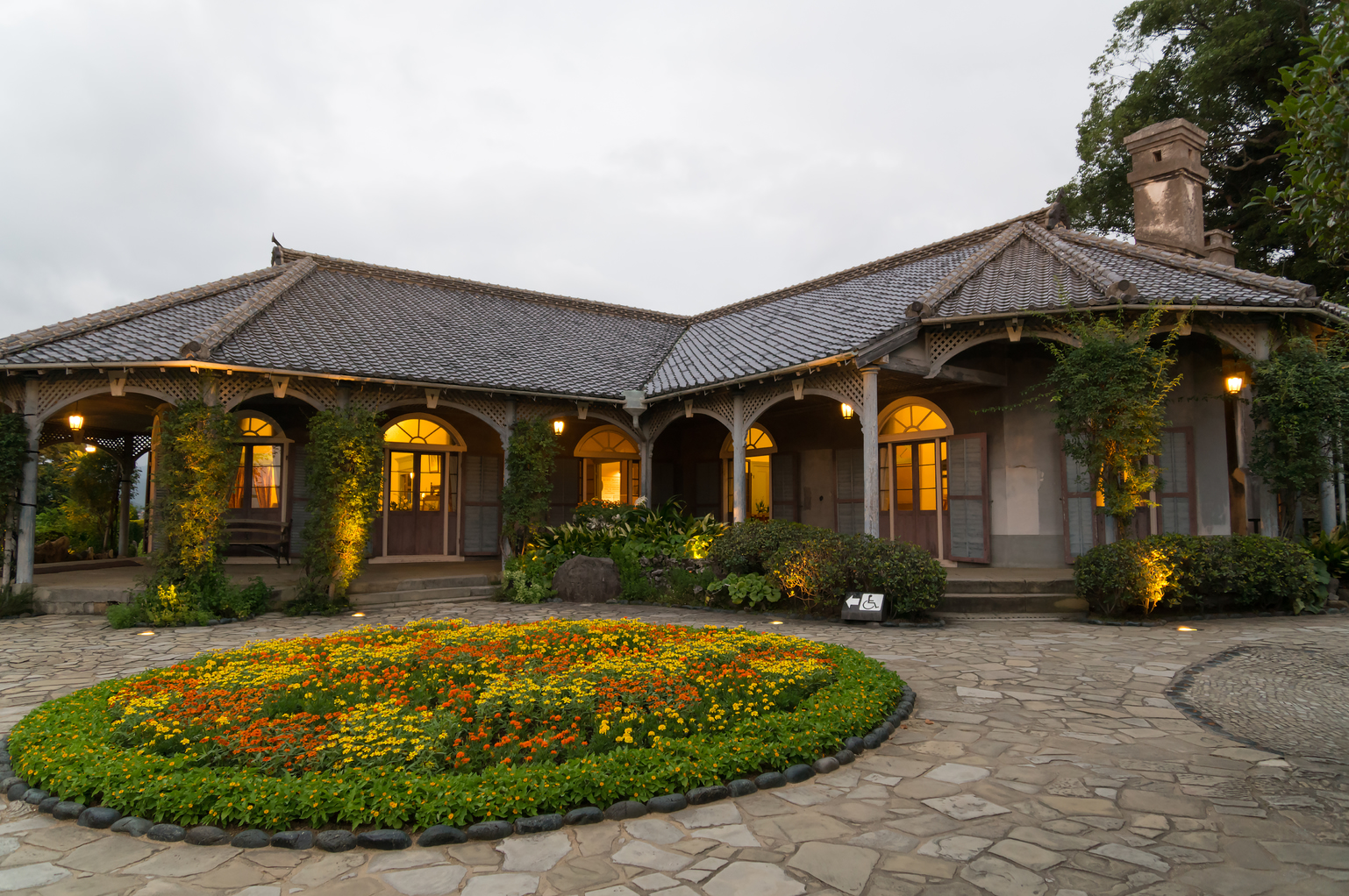
Glover House & Gardens
He was a man of firsts, bringing Japan its first steam locomotive and first modern dry dock for shipbuilding, as well as opening its first modern coal mine. He helped found the shipbuilding company that became Mitsubishi as well as the Japan Brewery Company that we know today as the maker of Kirin Beer. With all these firsts, it’s little surprise that he lived in Japan’s first Western-style wooden frame house, beautifully preserved as the centerpiece of Nagasaki’s Glover Garden. Located on the Minami-Yamate hillside in what was once Nagasaki’s designated European settlement, the gardens are a collection of nine of Nagasaki’s earliest Western-style houses.
Linked by winding stone paths cut through green lawns and flower gardens, the houses are as unique as their former owners. Although Western in style, many of the houses incorporate Japanese touches like the Glover House’s Japanese kawara tiled roof or the local pottery stone used in the Alt Residence’s grand pillars. The houses’ interiors are part history lesson and part recreation — in one room old vinyl records lie on a stool as if the owner is about to choose the next selection for the gramophone in the corner. Looking out over the harbor below, a visitor can easily imagine Glover himself looking out over the ships docked below, admiring the world he helped bring to life.
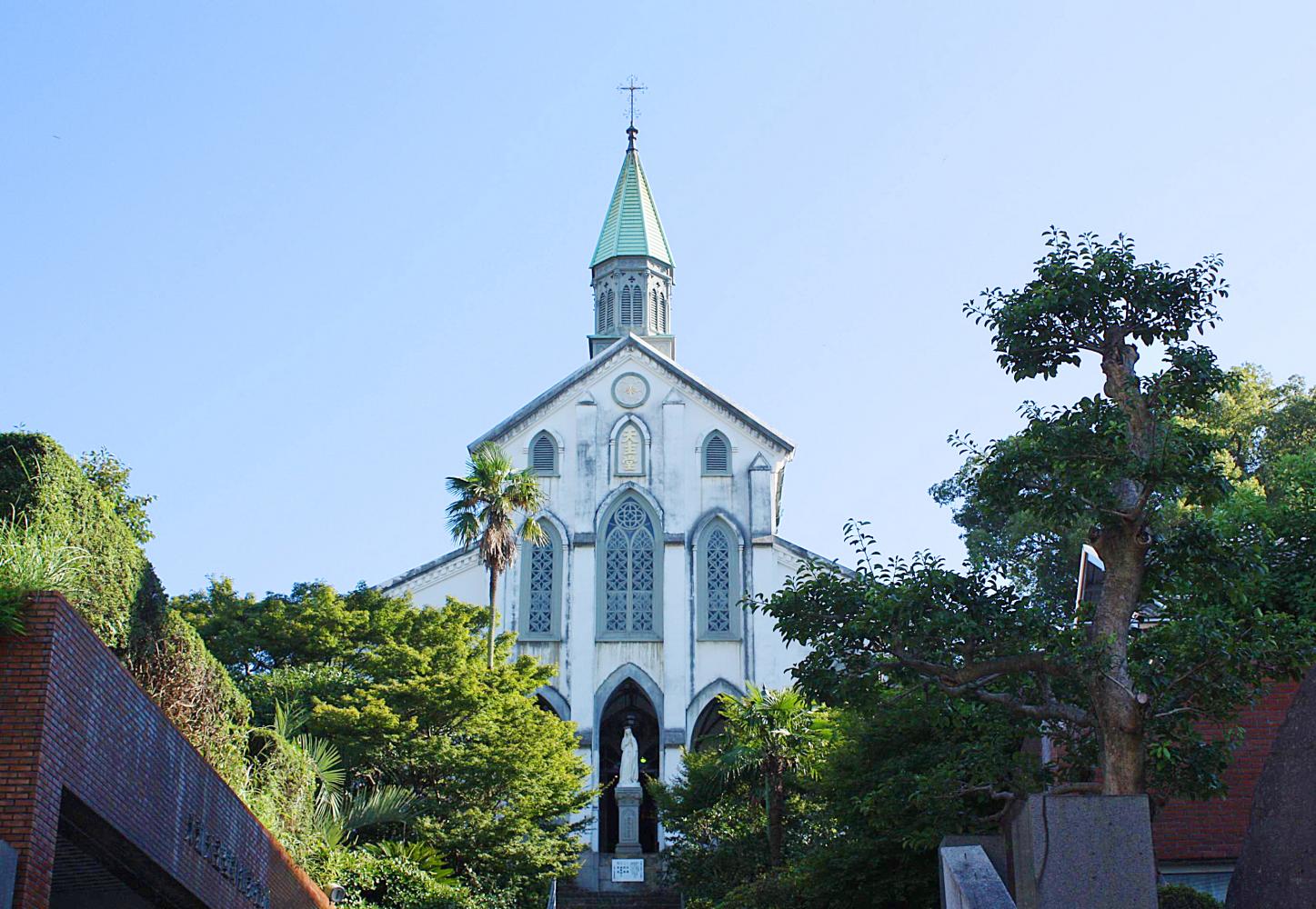
Oura Catholic Church
Oura Catholic Church
Established in 1865, Oura Catholic Church has become one of Nagasaki’s most symbolic structures. From afar, the church’s white walls and gothic-style pointed steeple stretch up from the hillside to the skies above. The closer you get, the more impressive it becomes — from the bottom of the stone stairs leading up to the entrance, the church towers above you, and the trees on either side blocking out everything else.
Japan’s oldest existing wooden church, Oura, became the first Western-style building to be designated a national treasure in 1933. It was here, on March 17, 1865, that Nagasaki’s “hidden followers” — Japanese Christians whose families had secretly practiced what was for over 250 years a forbidden faith — revealed themselves.
Though religious services have moved to a nearby building, entering the church gives a feeling of peace. Maybe it is the respect shown by tourists, or the remnants of 150 years of prayer. Inside, long isles of pews, an ornately carved altar and stained-glass windows transport you to another time and place — not Europe, but something European. The original French-stained glass, shattered by the atomic bomb in 1945, has been carefully replaced. Inside and out, Oura Church is as welcoming as it is picturesque. As with the harbor and shipyards, it is a symbol not just of Nagasaki, but of the beginnings of a new Japan opening itself to the world.
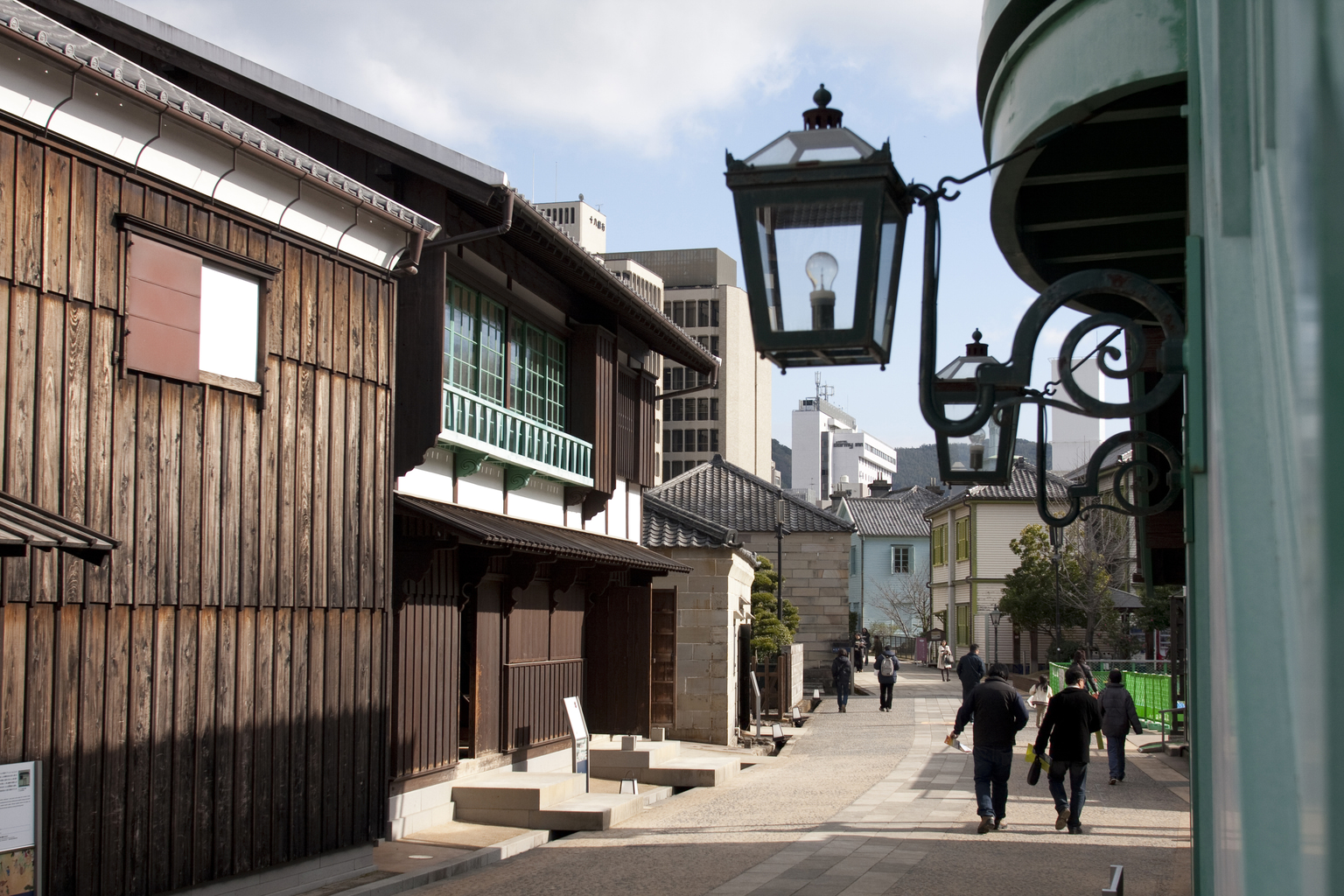
Dejima
Dejima
From its construction in 1636 to the subsequent closure of the Dutch Factory in 1859, Nagasaki’s artificial island Dejima once served as the nation’s sole connection to the outside world. The fan-shaped islet was formed by carving a canal along the shallow coastline and functioned as a detached trading post for the Portuguese and later the Dutch, who were restricted to the island’s confines.
Dejima was instrumental in cultivating the waves of modernization that swept over Nagasaki and the rest of Japan, particularly during the country’s 264 years of isolation, during which Dejima remained the country’s only seaport engaging in inbound foreign trade. Following its closure, local land reclamation efforts reconnected the island to the mainland, and later in 1922, Dejima was declared a historic site.
Despite its reintegration, many of the historical buildings located on the former island remain as they were, including houses, warehouses and restaurants, many of which continue to serve period-style Japanese and Portuguese cuisine. Visitors can literally eat, talk and walk in the footsteps of the select few who were granted permission to visit and trade with Japan some 400 years prior. Since 1951, ongoing maintenance and reconstruction efforts have been made to preserve the island and its sites.
In 2017, the revival of Dejima’s main gate bridge restored the original passage between the island and the mainland for the first time in over 130 years. Today, Dejima remains one of Nagasaki’s enduring links to the Edo Period, a time of great national economic, artistic and cultural flourishment, easily earning the island a spot among the city’s must-see destinations. Restoring Dejima to its former island state is currently being discussed, meaning that future Nagasaki-bound travelers may be able to see the island as it appeared in its fascinating past.

